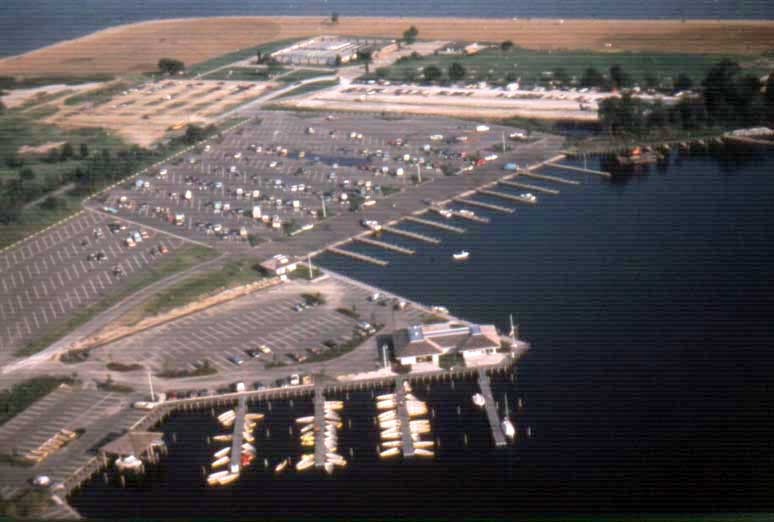The reconstruction of impervious surfaces can be simpler than you think – sometimes it is the small things that can make all the difference. Did you know that we average 10 parking spaces in an urban area for every 1 car? Two-thirds of all impervious coverage is to provide habitat for cars – parking lots, driveways, roads, and highways. Here is a list of steps the public and planning officials could consider in planning for future development that could lower the percentage of impervious cover in your community, county, and watershed.

- Narrower residential road widths
- Reduced road lengths
- Hourglass streets
- Cluster development
- Shared driveways
- Angled parking with one way flow traffic
- Smaller parking stalls
- Reduced parking space ratios for some uses
- Shared parking facilities in commercial areas
- Shorter residential driveways
- Reduced cu-de-sac radii
- Cul-de-sac donuts
- Vertical parking structures
- Two or three story buildings
- Stream buffers
- Grass swales rather than curb/gutters
- Open space requirements (residential)
- Open space landscaping requirements (commercial)
- Sidewalks only on one-side of street
- Reduced side and rear yard setbacks
- Decrease distance between lots (frontage)
- Hammerhead-shaped turnarounds
- Rear yard grading to buffer
- Permeable spillover parking areas
Suggestions for steps a community could take to control impervious cover were made by Tom Schueler during an interview titled Water Laws.
What Can Fishermen Do?
Understand and learn what is happening in your backyard...
 As fishermen, who use and enjoy Maryland's natural resources, it is important for you to understand and learn what development and environmental impacts are occurring "in your own backyard." The following links provide information and facts about the areas in which you may fish and-or live.
As fishermen, who use and enjoy Maryland's natural resources, it is important for you to understand and learn what development and environmental impacts are occurring "in your own backyard." The following links provide information and facts about the areas in which you may fish and-or live.
Fishermen and the public can get engaged in the planning process...
Fishermen are familiar with Maryland's natural resources; however, there may be times in which you, as a fisherman, feel that you have no control in what is occurring around you and to your natural resources. If you are concerned you can engage in your county and watershed planning processes. The following links provide information and contacts that can help you take part in the development and land use decisions taking place in your watershed and community.